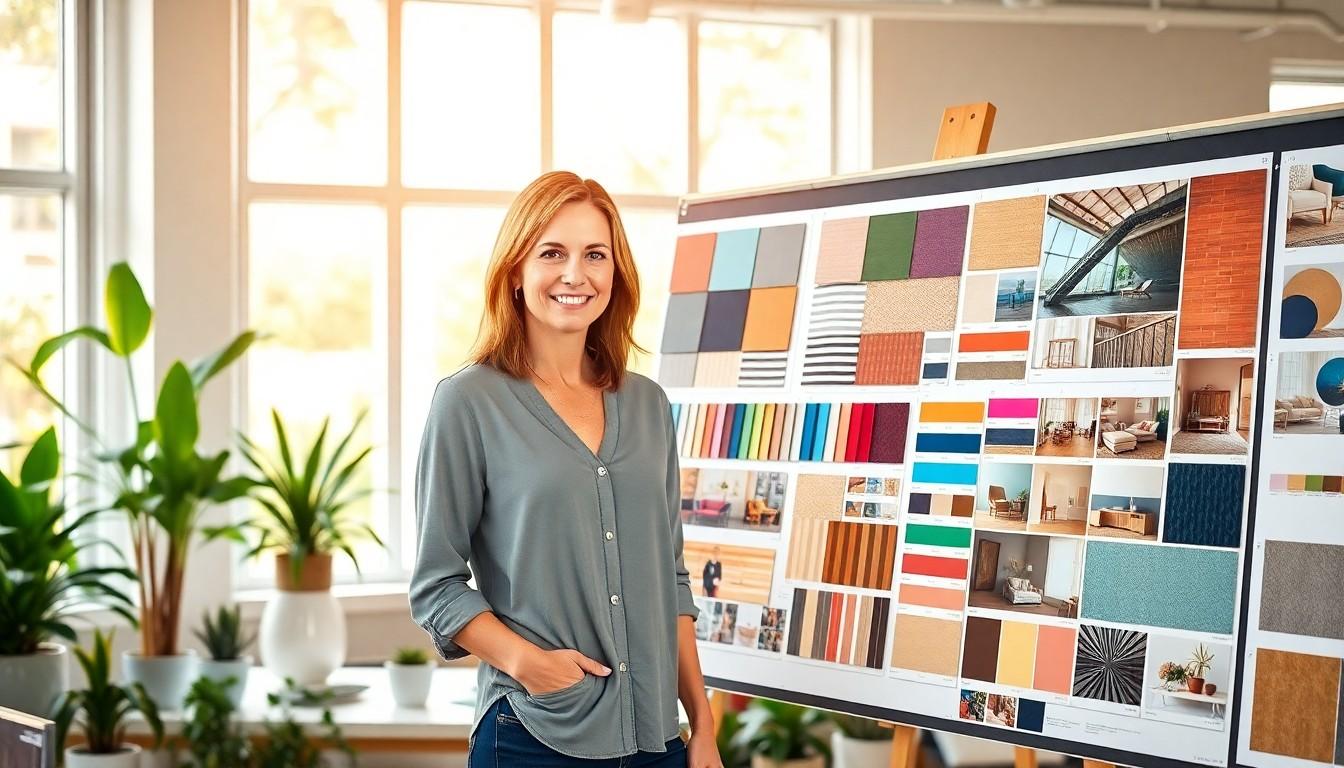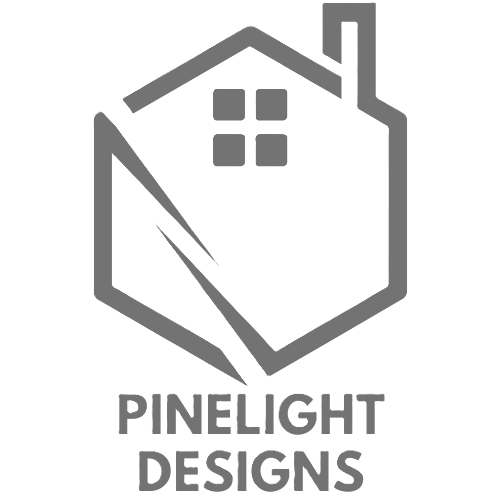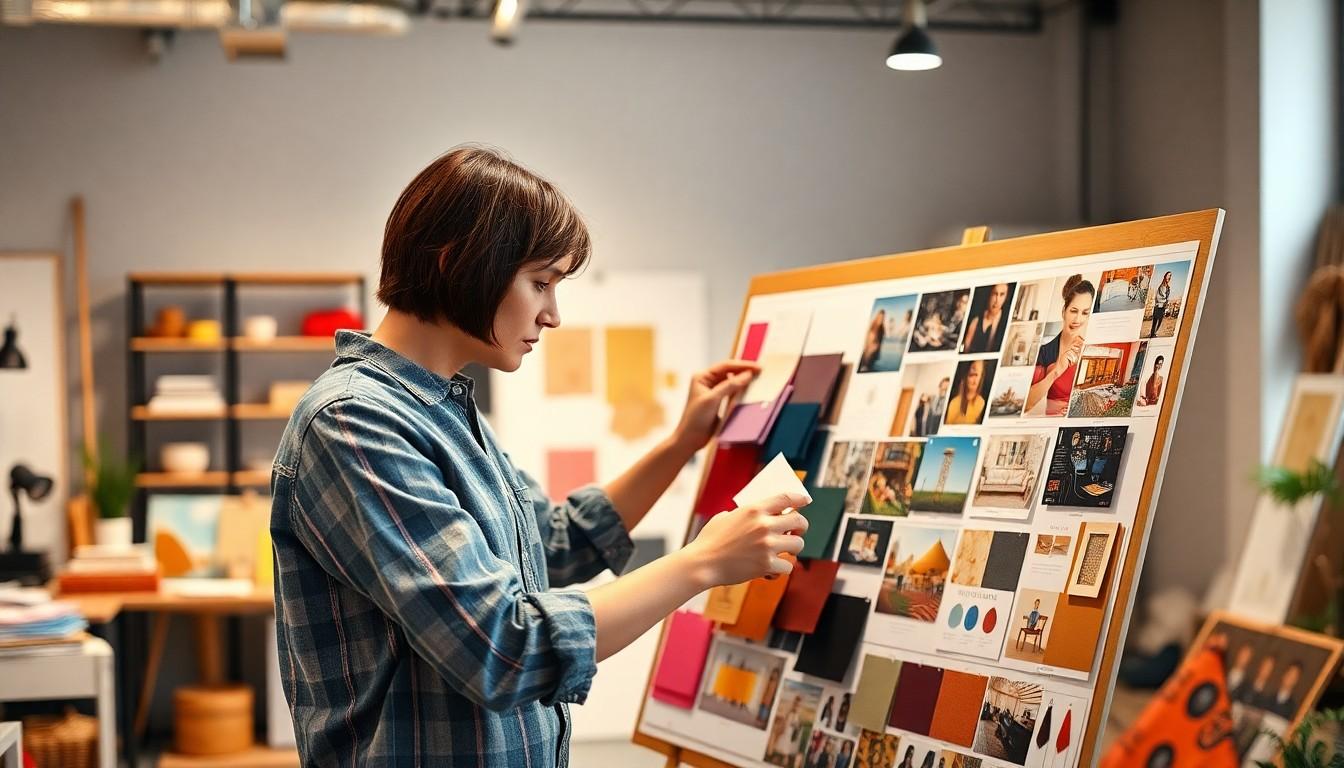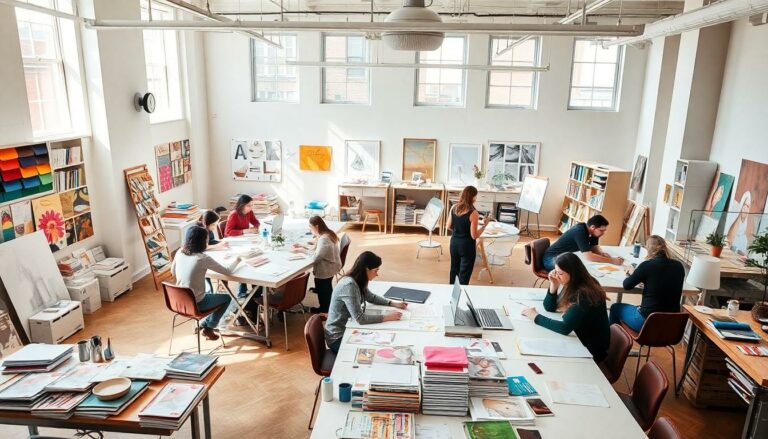In the world of interior design, presentation boards are like the cherry on top of a sundae—absolutely essential for making a lasting impression. These boards transform a jumble of ideas into a visual feast, showcasing color palettes, textures, and furniture selections that can make even the most skeptical client swoon. Who knew that a piece of foam board could wield such power?
Overview Of Interior Design Presentation Boards
Interior design presentation boards serve as essential tools for designers to convey their ideas and concepts visually. These boards compile various components like color palettes, textures, and materials in a cohesive manner. Visual storytelling plays a pivotal role in expressing the designer’s vision, making it easier for clients to understand the proposed design.
Clarity stands out as a critical factor when showcasing different design elements. Selecting complementary colors, textures, and furnishings aids in presenting a harmonious overall theme. Additionally, the arrangement of items on the board must capture attention while effectively communicating the design narrative.
Types of presentation boards vary in format and purpose. Physical boards allow for a tactile experience, engaging clients on a sensory level. Digital boards, on the other hand, offer flexibility with easy modifications and sharing capabilities. Each format presents unique advantages that cater to different project needs.
Effective presentation boards include various elements such as images, material samples, and annotations. Images serve to illustrate design inspiration, while samples allow clients to feel textures and see color authenticity. Annotations clarify design intent, enhancing client comprehension.
Presentation boards elevate the design process by organizing ideas and showcasing elements that align with the project’s vision. By combining creativity and functionality, these tools become indispensable for interior designers aiming to impress their clients.
Purpose And Importance

Interior design presentation boards serve as essential tools for translating abstract concepts into visual reality. They enhance communication between designers and clients, ensuring clarity throughout the design process.
Visual Communication
Visual communication plays a critical role in interior design presentation boards. Designers use images, color swatches, and material samples to create vibrant and engaging layouts. These boards effectively compile various design elements, allowing viewers to grasp the designer’s vision at a glance. Each element, from furniture selections to texture choices, contributes to a cohesive narrative that showcases intent. By arranging these components thoughtfully, designers enable clients to visualize potential outcomes, making complex ideas accessible. Engaging visuals transform the design concept into a tangible experience, reinforcing the importance of effective presentation.
Client Engagement
Client engagement significantly benefits from the use of presentation boards. These boards invite open dialogue and feedback, fostering collaboration between clients and designers. Interactive elements, such as physical samples or digital enhancements, encourage clients to explore different options actively. Each meeting involving a presentation board becomes an opportunity for clients to express preferences and make informed decisions. Such interaction boosts confidence, as clients feel more involved in the design journey. Ultimately, enhancing engagement through well-crafted presentation boards helps build trust, ensuring clients align with the designer’s vision and direction.
Key Components
Presentation boards contain essential elements that bring an interior design vision to life. Effective boards combine layout, color schemes, and typography to communicate ideas clearly and attractively.
Layout And Design
Successful layout creates a visual hierarchy that guides the viewer’s eye. Designers often use grids to organize images and text effectively. Different sections can showcase various elements, such as color swatches, material samples, and furniture selections. Space management plays a key role in making the board approachable, ensuring that each component is easily digestible. Aligning elements thoughtfully enhances overall aesthetics while providing balance and flow. A well-planned layout ensures that the core design message remains at the forefront, capturing attention without overwhelming the client.
Color Schemes
Color schemes play a vital role in conveying mood and tone. Designers select complementary colors to establish visual harmony and strengthen their design narrative. Using a limited palette creates a cohesive look, while varying shades can highlight specific areas of interest. Colors evoke emotions, impacting how clients feel about a space. Designers often showcase color swatches on presentation boards to allow clients to visualize potential outcomes. Demonstrating combinations in context helps clients understand their practical applications, ensuring their preferences align with the designer’s vision.
Typography
Typography enhances communication and brand identity. Careful font selection reflects the overall design style, whether modern, classic, or eclectic. Consistent typographic hierarchy improves readability, guiding clients through the information presented. Designers often combine serif and sans-serif fonts to create contrast while maintaining a unified look. Important details, such as labels and annotations, benefit from clear font choices. Attention to spacing and alignment within the typography ensures the presentation remains polished and professional. Relevant text reinforces the design intent, fostering a deeper understanding of the project.
Types Of Presentation Boards
Interior design presentation boards come in various forms, each serving a unique purpose. Understanding these types helps designers choose the right format for their projects.
Physical Presentation Boards
Physical presentation boards offer a tangible experience for clients. Designers create these boards by arranging materials, textures, and images on a large surface, often using foam core or cardboard. They provide a multisensory experience, allowing clients to touch and feel materials, enhancing engagement. As clients interact with these boards, they can better visualize the proposed design. Additionally, physical boards promote a direct connection between the designer’s vision and the client’s perception.
Digital Presentation Boards
Digital presentation boards cater to modern design needs with flexibility and ease of use. They allow designers to create dynamic and easily shareable content using software like Adobe InDesign or Canva. These boards facilitate quick modifications, enabling instant updates based on client feedback. Designers can incorporate digital images, videos, and animations, enriching the storytelling aspect of their presentations. Sharing these boards via email or online platforms enhances accessibility while maintaining visual clarity, making them popular among designers and clients alike.
Best Practices For Creating Effective Boards
Creating effective boards involves a blend of strategic elements. Designers should prioritize clarity and visual appeal for maximum impact.
Research And Inspiration
Research forms the foundation of an effective presentation board. Collecting diverse sources of inspiration showcases the range of design possibilities. Exploring various styles, trends, and historical references contributes to a more informed design approach. Designers can aggregate materials, color schemes, and textures that resonate with the project’s goals. Visiting design showrooms, browsing online resources, and engaging in social media platforms can also provide fresh ideas. Pulling together inspiration allows designers to make thoughtful decisions that reflect client preferences and project objectives.
Clarity And Consistency
Clarity ensures that presentation boards convey ideas effectively. Establishing a consistent theme reinforces the overall message and design intent. Utilizing a unified color scheme fosters visual harmony, while a coherent layout guides the viewer’s eye through the materials. Selecting appropriate typography enhances readability, ensuring that text complements the visuals without overshadowing them. Designers can achieve consistency by aligning images, samples, and annotations in a structured manner. This organization aids clients in quickly grasping complex concepts, ultimately enhancing communication and collaboration.
Conclusion
Interior design presentation boards serve as vital tools that bridge the gap between a designer’s vision and the client’s understanding. By effectively organizing and showcasing design elements, they facilitate clear communication and foster collaboration.
Whether opting for physical boards that provide a tactile experience or digital formats that allow for easy modifications, designers can create engaging narratives that resonate with clients. The thoughtful integration of layout, color schemes, and typography enhances the overall impact, ensuring that the presentation is not only visually appealing but also informative.
Ultimately, these boards play an indispensable role in the design process, helping to establish trust and alignment between designers and clients while transforming abstract concepts into tangible realities.





